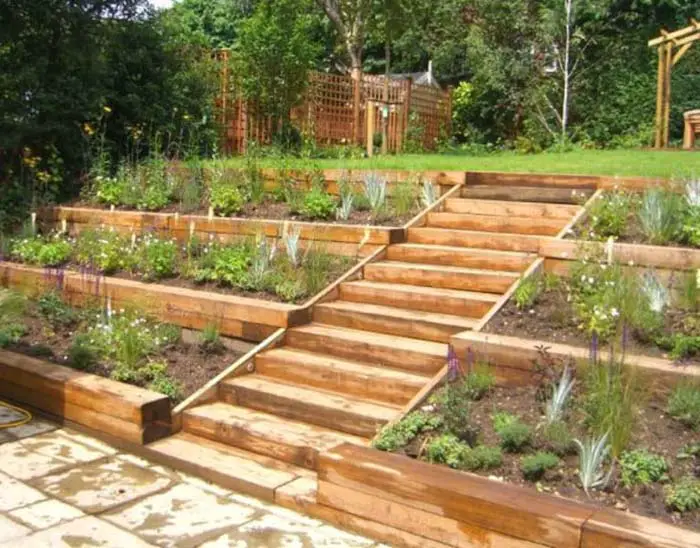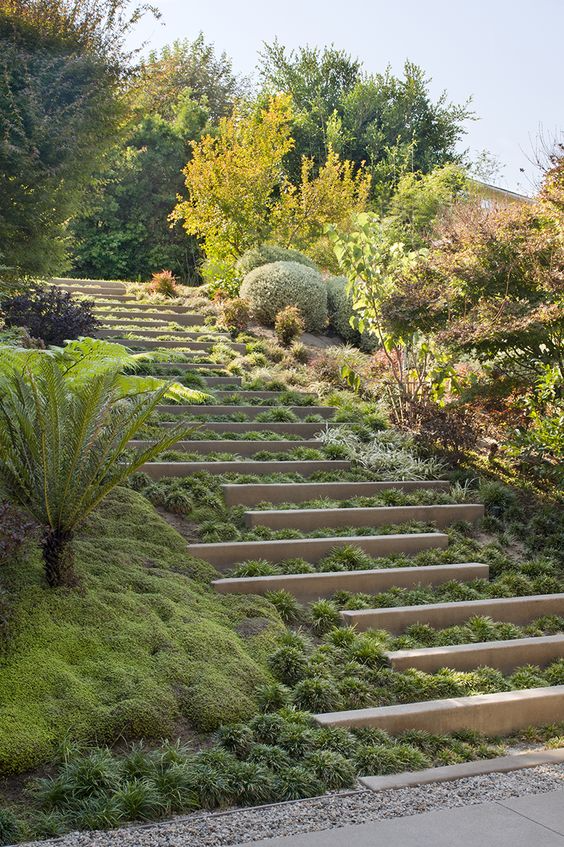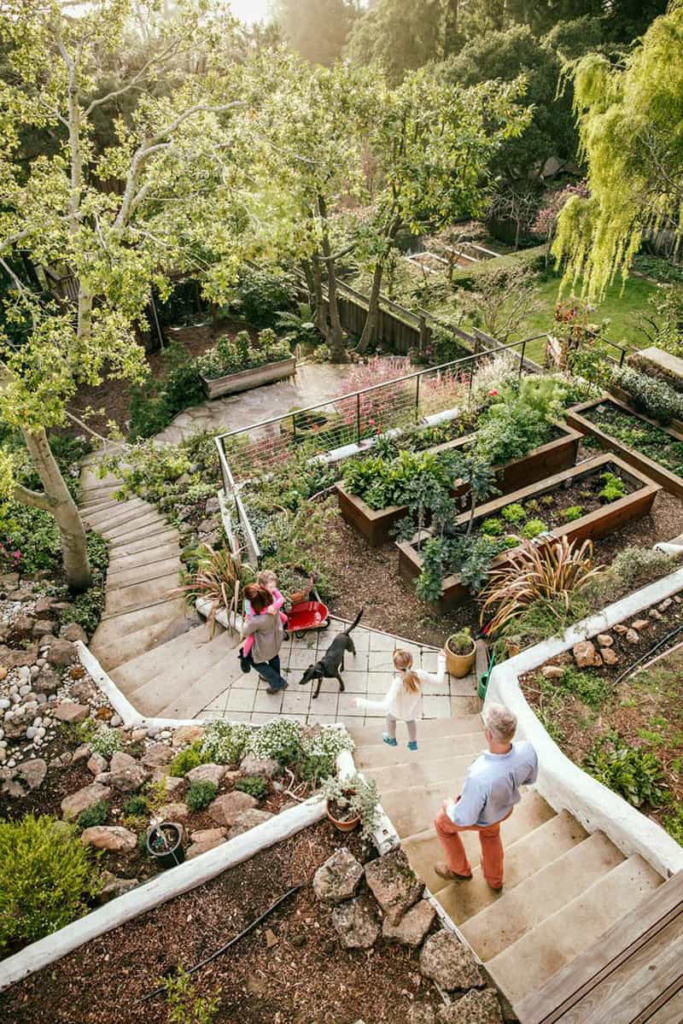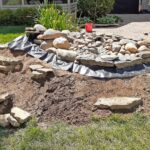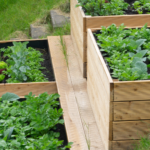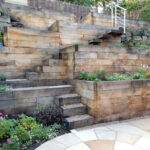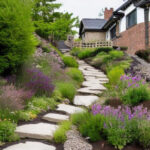Designing a garden on a slope presents a unique set of challenges and opportunities for homeowners and landscapers alike. One of the first considerations when planning a garden on a slope is drainage. Without proper drainage, water can pool and erode the soil, which can lead to a host of problems for plants, such as root rot and nutrient deficiency. Implementing terraces or retaining walls can help to prevent erosion and create level planting areas for a variety of plants.
Incorporating a variety of plants in a sloped garden can add visual interest and create a diverse habitat for wildlife. Plants that thrive in sloped gardens include ground covers like creeping thyme or ajuga, which can help stabilize the soil and reduce erosion. Sloped gardens also benefit from the use of shrubs and trees with deep root systems, which can help anchor the soil and prevent landslides. Additionally, native plants are often a good choice for sloped gardens, as they are well adapted to the local climate and soil conditions.
When designing a garden on a slope, it is important to consider the angle of the slope and how it will affect sun exposure and water distribution. Plants that require full sun should be placed at the top of the slope, while shade-loving plants can be placed closer to the bottom. Additionally, the use of mulch and natural ground covers can help to retain moisture and prevent soil erosion on a sloped garden. By carefully planning the layout of the garden, homeowners can create a visually appealing and sustainable landscape.
Incorporating hardscaping elements, such as pathways, stairs, and seating areas, can help to break up the slope and create more usable space in a sloped garden. Pathways can lead visitors through the garden and provide access to different areas, while stairs can make navigating the slope easier. Seating areas can be strategically placed to take advantage of the views and create a comfortable space for relaxing and enjoying the garden. By integrating hardscaping elements into the design, homeowners can maximize the functionality and beauty of their sloped garden.
Maintaining a garden on a slope requires regular attention to prevent erosion and ensure the health of plants. Watering and mulching are important tasks in a sloped garden, as water tends to run off more quickly on a slope and plants may need extra moisture. Additionally, monitoring the soil for erosion and addressing any drainage issues promptly can help to maintain the stability of the slope. By staying vigilant and proactive in caring for a sloped garden, homeowners can create a beautiful and thriving landscape that will be enjoyed for years to come.
